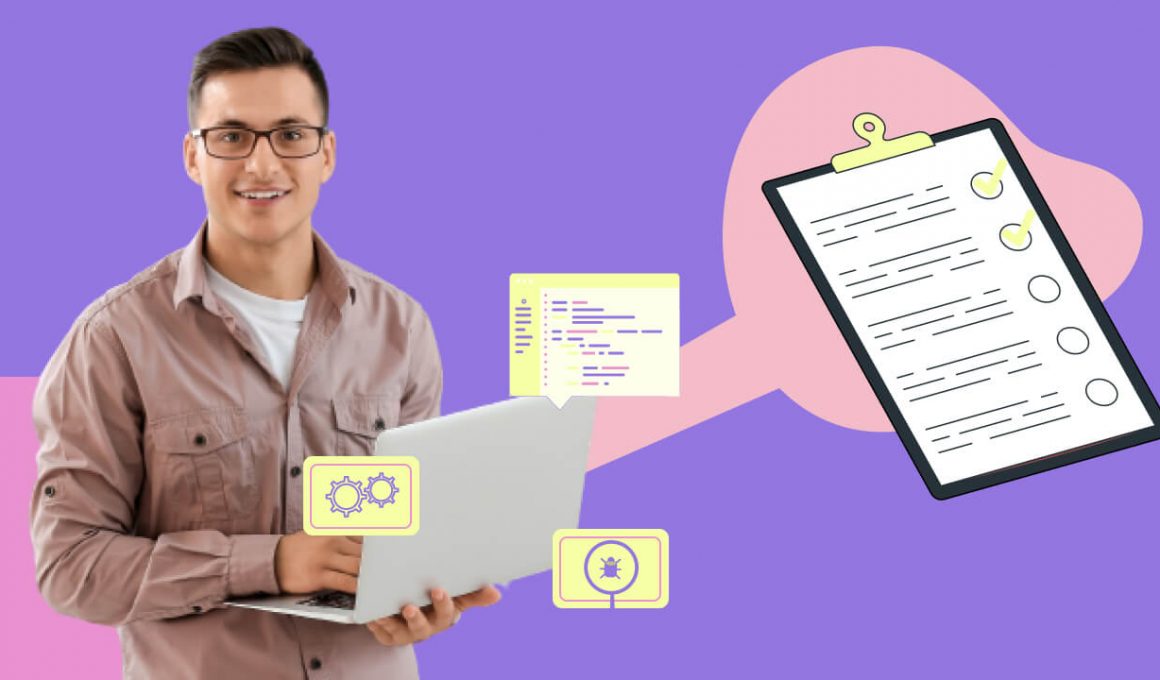Testing is a crucial component of the software development lifecycle. For the release of high-quality software, it is essential to be familiar with the various types of testing that are conducted throughout the process.
Types of Software Testing Techniques

The techniques used to assess a software system are known as software test techniques. The three most common categories are:
1. Black box testing
It helps in evaluating the efficacy of a software system without awareness of its inner workings. It tests from the perspective of the user and the evaluator is only aware of the inputs and expected outputs.
2. White box testing
It is concerned with evaluating the fundamental operations of a software system. This technique focuses on testing the system’s internal logic, efficiency, and functionality from the perspective of the developer.
3. Grey box testing
Grey box testing incorporates the two strategies discussed above. This technique is employed to evaluate the system from the developer’s perspective, evaluating only a subset of the system’s internal operations — but not all. The tester has only partial knowledge of the components.
Testing types refers to the various kinds of testing which may be carried out using these three methodologies. Let us explore them in detail.
Two Main Types of Software Testing: Functional and Non-Functional

At the broadest level, software testing is classified into:
4. Functional testing
Functional testing emphasizes on validating the software system’s functionality. It is a type of testing performed to guarantee that the system functions as intended and satisfies the stakeholders’ technical specifications.
5. Non-functional testing
The objective here is to evaluate the non-functional elements of a software system. This type of testing encompasses functionality, usability, dependability, scale, and safety assessments. Non-functional testing focuses on how a software system executes its functions, as opposed to what it does.
Types of Functional Testing

The following are the primary categories of functional testing:
6. Unit testing
Unit testing is a form of software testing that examines the integrity of a single element or component. Typically, it is performed during the app development phase by the programmer or developer.
7. Integration testing
Two or more components of an app are conceptually bundled together and evaluated as a unit during integration testing. The objective is to identify interface, communication, as well as data flow bugs.
8. System testing
The process of verifying an integrated software and hardware system to determine if it fulfills the specifications required is called system testing. It is performed in both the development and the target environment.
9. Acceptance testing
Acceptance testing is a form of testing in which the client, business, or consumer tests the software utilizing actual business scenarios.
Types of Non-Functional Testing

Now let us look at the different types on non-functional testing procedures:
10. Performance testing
In performance testing, the efficacy of an application will be examined by applying pressure. They will only be concerned with performance characteristics such as responsiveness, capacity, flexibility, and stability.
11. Usability testing
Usability testing analyzes an application’s user-friendliness and identifies flaws in the system’s end-user framework.
12. Compatibility testing
The purpose of compatibility testing is to examine the app’s functionality in a particular software and hardware ecosystem. Only after the app is functionally stable should compatibility testing commence.
13. Security testing
Security testing is a form of software testing which evaluates a software application’s security. It assists in identifying system vulnerabilities and ensures that confidential data is safeguarded.
Types of Testing as based on the Effort Involved
There can be two types of software testing if you classify them as per the level of effort needed:
14. Manual testing
Manual testing is carried out by navigating through an app or interfacing with software code as well as APIs using the approved testing tools.
15. Automated testing
Automated tests, on the contrary hand, are conducted by a system or machine that runs a previously-written test protocol. It is a vital component of continuous integration and continuous delivery (CI/CD) frameworks.
Other types of Software Testing
Finally, there are a few other notable types of testing that you should be familiar with:
16 and 17. Alpha and beta testing
Alpha testing is conducted by an organization’s team to discover as many bugs as practicable prior to release. Beta testing is an instance of software testing performed by clients or chosen/select customers.
18. Exploratory testing
Exploratory testing is a non-formalized process in which testers employ their knowledge of the app’s business domain. Test guides or reference sheets are used to coordinate exploratory testing.
19. Regression testing
Regression Testing is a form of software testing which guarantees that adjustments or alterations to a current software application do not result in the creation of new bugs or have a detrimental influence on the app’s functionalities.
20. End to end testing
It is a testing methodology which simulates a real-world user scenario to test the comprehensive software system right from start to finish.
Conclusion

Software testing is characterized by the process of comparing actual outcomes to intended results and ensuring that the software system is error-free. Knowing these 20 essential types of testing (there can be 100+) will help increase your testing coverage and improve application outcomes.
Your bug report can also be enhanced by following certain best practices!
As you wrap up this exploration of software testing types, consider which ones can make a difference in your software’s quality. Ready to dive deeper? Explore our comprehensive testing solutions and don’t hesitate to reach out to our experts to discuss how to incorporate these testing methods into your strategy.
6